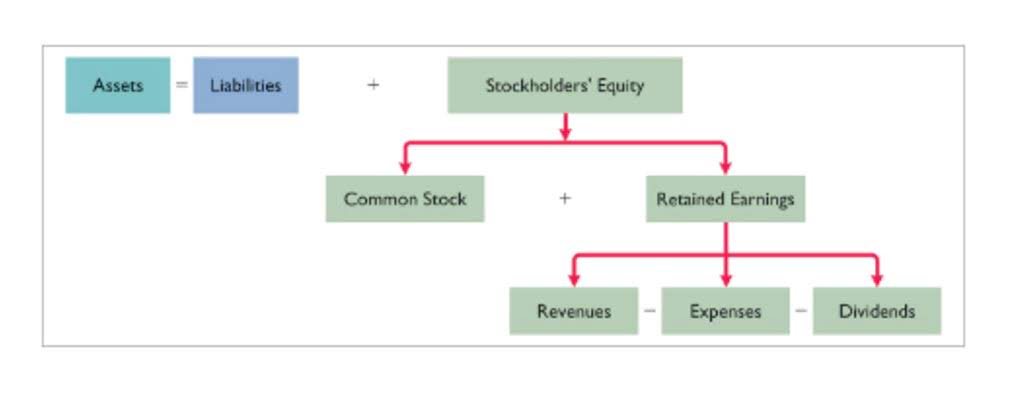
โครงการอบรมเชิงปฏิบัติการ : Learning Express 2023 ร่วมกับ singapore Polytechnic เพื่อดำเนินกิจกรรมเป็นทีมสหวิซาการ (Multidisciplinary Team)
กันยายน 4, 2023
ขอแสดงความยินดีกับ ผศ.ดร.ประชุม คำพุฒ และเครือข่ายหน่วยวิจัยวัสดุที่เป็นมิตรต่อสิ่งแวดล้อม ได้รับรางวัล GOLD MEDAL จากการประกวด INNOVERSE Innovation & Invention Expo 2023 August 28th-29th, 2023 Georgia Gwinnett, GA,USA (Online)
กันยายน 7, 2023
While bi-monthly payments often come out to twice a week, there are actually slightly more than two weeks between payments on average. This then causes paydays to fall slightly over two weeks apart at times. Choosing the right payroll schedule helps businesses manage their financial commitments and overall administrative semi monthly vs bi weekly workload while driving employee satisfaction. Both are great, and the one you choose depends on your industry, company size, number and type of employees, and payday regulations in your region. Each schedule has its own set of benefits and challenges, which can impact both employers and employees in different ways.
Benefits of a Semi-monthly Payroll System
- There will always be a couple of months where you will have three paydays instead of two.
- Therefore, employees on a semimonthly pay schedule will receive a total of 24 paychecks each year (two for each month).
- Considering the fact that one of the main purposes of working is being paid, it’s vital to research the nature of your pay.
- If you decide to get paid semi-monthly, that income will be divided into 24 paychecks, which equals a gross pay of $2,916 for each payment.
- Choosing between a semi-monthly and a bi-weekly payroll is mainly a question of preference and what fits you better.
Typically, in a semimonthly pay scheme, paychecks are deposited on the 15th and last day of the month. That means that you can end up being paid on any day of the week, depending on when the 15th and last days fall. If it falls on a weekend day, then it’s usually paid the Friday before. While the number of hours you work under a biweekly schedule can also vary, they’re more likely to remain similar to every pay cycle if you’re working full time. Remember that not all months are the same length (for example, February), so keep in mind that some paychecks will be larger or smaller than others. Unfortunately, your second paycheck in February might only cover days, even if other months average days.
- Pay frequency determines how often the business must process payroll and when employees receive their paychecks.
- The employee’s pay records will indicate a gross salary of $2,166.67 each semimonthly payday.
- Because you have no control over the number of days between paychecks, your paychecks may vary greatly.
- If you are a salaried employee, the payment schedule you receive may not change the amount you’re paid each paycheck.
- The number of days in the last half of the month will usually either be 15 or 16.
- Semimonthly pay schedules are somewhat popular in the information, financial activities, and professional/business services fields.
- The cloud is poised to revolutionize Client Accounting Services (CAS).
Payroll considerations
With a biweekly pay schedule, there are two months in the year where employees receive three paychecks. Employees who are paid semimonthly always receive two paychecks per month. https://www.bookstime.com/ Companies that run payroll with a biweekly frequency dole out a total of 26 paychecks per year. Companies that use semimonthly pay give employees 24 paychecks per year.
The Benefits of Good Communication in Accounting and How to Do It Well
After all, how often you get paid can have a serious impact on how you budget your finances, save money, and plan for the future. Other factors could also influence what payroll type benefits your company and employees more. For some employees, semi-monthly pay feels inconsistent because the set day of the payment could fall on a different day of the week each time. A bi-weekly payroll works fine for companies that regularly hire a lot of new hourly and salaried employees. This article delves into the strengths and weaknesses of semi-monthly vs bi-weekly payroll. By the end, you’ll be able to make an informed decision and choose a payroll schedule that aligns with your business goals and workforce needs.
For example, your employees are consistently paid every other Friday, so you run payroll on the same day each pay period. Semi-monthly payroll includes 24 payments a year, meaning there are 2 paydays every month. Meanwhile, because there are 52 weeks (sometimes 53 weeks) in a year, employees who get paid bi-weekly receive 26 paychecks. This is because there are 2 months where they receive 3 instead of 2 paychecks and 10 months where they receive 2 paychecks. Semi-monthly pay is a payroll schedule where employees are paid twice a month, typically on fixed dates such as the 1st and the 15th, or the 15th and the last day of the month. Before choosing, keep in mind that states regulate how often employees must be paid and some states may not allow ceretain pay frequencies.

Stay up to date on the latest payroll tips and training
- The prefix “bi” means two, so it’s a one-word way of saying two weeks.
- In contrast, with the biweekly schedule, employees receive payments on a fortnightly basis for a total of 26 each year—meaning two months have an extra payment.
- However, the days of the month vary, and even the number of times per month you get paid can change.
- This usually results in 26 paychecks a year since there are roughly 52 weeks in a year.
- A biweekly payroll schedule will typically be seen in the eyes of your employees as “dependable” and “consistent”.
- With bi-weekly payments, you’ll have two months where you receive three paychecks.
If the chosen payday is Friday, employees will receive their paychecks every other Friday, totaling 26 paychecks for the year. With bi-weekly payments, you’ll have two months where you receive three paychecks. You’ll always know which two days you’ll be paid for semi-monthly payments.

Advantages of Biweekly Pay
- Over the course of a year, the employee will receive the same amount of money and owe the same amount of taxes, regardless of which payment frequency you use.
- With a desktop system, bill payment and bookkeeping for a substantial number of clients is a daunting task.
- To be able to do payroll with Clockify, you first need to create and assign projects (you can assign as many people as you want for free).
- Each schedule has its own set of benefits and challenges, which can impact both employers and employees in different ways.
- Or, you could choose a provider, like Patriot Software, that charges you the same amount, regardless of how many times you run payroll.
- These mobile technologies can help with data collection so you can analyze user behavior and improve your payroll going forward.
Bi-weekly vs. semi-monthly pay explained




